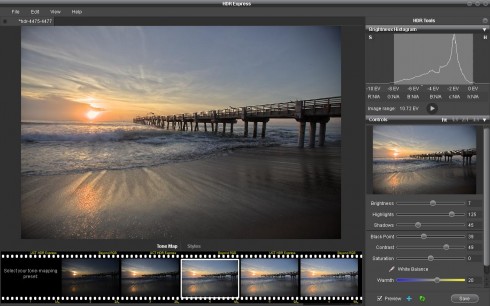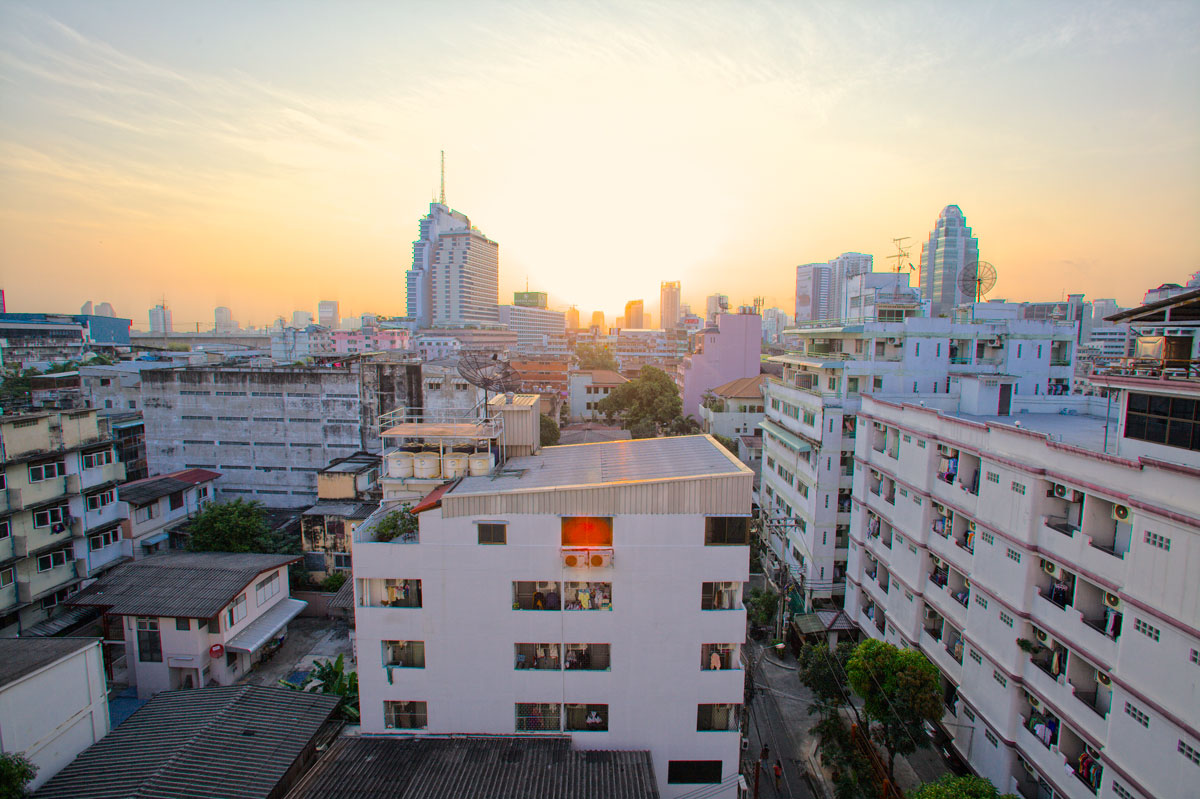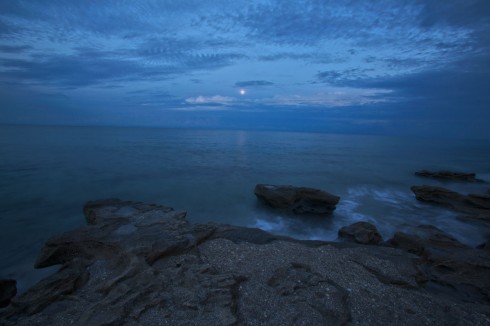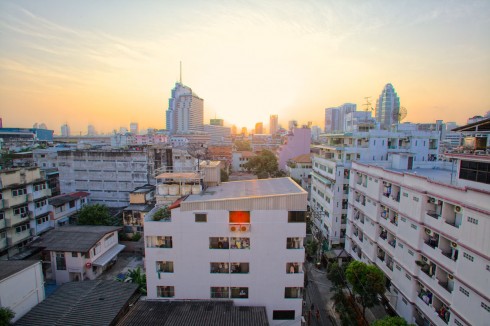 Posted March 3, 2011 – HDR Express by Unified Color is the seventh HDR software to be tested and reviewed by Captain Kimo. This marks the halfway point to my HDR software review process. Unless of course more high dynamic range programs are suggested. HDR Express is by far the best HDR program that I’ve tested. It’s fast, the tone mapping is easy and results are excellent… in regards to natural looking images.
Posted March 3, 2011 – HDR Express by Unified Color is the seventh HDR software to be tested and reviewed by Captain Kimo. This marks the halfway point to my HDR software review process. Unless of course more high dynamic range programs are suggested. HDR Express is by far the best HDR program that I’ve tested. It’s fast, the tone mapping is easy and results are excellent… in regards to natural looking images.
Operating System – Windows & MAC
Price – 99.99 USD
Standalone/Plugin/Both – Both
Processing RAW files – Yes
HDR from Single RAW – Yes
Overall Speed – Fast
Visit Official Website – http://www.unifiedcolor.com
Go to HDR Express Download Page
HDR Express is my newest favorite HDR application for creating natural images. I wish it was capable of producing my type of dynamic images, but I guess I can’t have it all. I really do enjoy using the tone mapping features in this program. HDR Express, really means express… this is the first HDR software that I felt got me creating HDRs with little effort. It’s simple enough for a beginner to understand but advance in a way that allows a professional to produce very beautiful and natural HDR photos.
I remember when Unified Color released their first HDR application, that one was slower than dirt. But with the release of HDR Express, Unified color has remedied that problem, developing the fastest HDR program that I’ve used yet. Not only is it fast but it’s intuitive and straight to the point, so creating an HDR photo is quick and easy compared to all the other programs that I’ve tested so far.
To create an HDR image in HDR Express all you need to do is click the Create/Merge A New HDR Image… button. This will pop open the Merge to HDR window which will allow you to load your exposures. You can load images by dragging and dropping it into this window or you can click the plus symbol.
Something I found very useful in the browsing window for loading exposures into HDR Express is the ability to pick JPG separate from RAW. This option lets me see only JPG files or RAW files. This is a great feature, because sometimes I have JPG and RAW exposures in the same directory. Small things like this makes me smile. It lets me know that a developer is either using their own software or listening to people’s opinions.
Once I have my exposures loaded there are two merging options available. There is a check box to align the images and three ghosting options to choose from. The only thing missing from this window is a denoise option. Most likely it has that built-in, as I don’t see noise being an issue in any of the HDR images created using HDR Express.
When HDR Express finishes merging the exposures I am taken automatically to the tone mapping window, allowing me to immediately tone map my HDR photo. The tone mapping options available are basic but enough to produce a very attractive image.
Another thing I noticed when HDR Express first opens the tone mapping window, the preview image gradually shifts from under exposure to over exposure. At first I thought the program was freaking out, but I then realized that this was an added function allowing me to see the entire range of light available. I can also replay this by clicking a play button. This is a very handy tool that I find very helpful to see where my exposure should intersect.
After I finish tone mapping I simply press the save button. This allows me to save my final HDR image. HDR Express is the only HDR software, so far, that allows me to save my image without having to click a process image button first. I’ll tell you… that extra process button really annoys me for some reason.
The only thing that HDR Express has a hard time doing, and this is a personal preference, is dynamic images. It does have options to create high contrast and artistic photos, but I feel the results are simply not that great. I think one of the reasons for this is the way it handles color. HDR Express is so good at handle colors naturally that it can’t produce vibrant images without causing color banding in areas where colors shift too suddenly.
HDR Express might not impress me with it’s dynamic HDR photos, but I truly enjoyed using it and plan on producing all my natural HDR images with it. I would also highly recommend this HDR software for anyone looking to produce more natural images. I feel that anyone who tries HDR Express will instantly fall in love with it’s results, simplicity and speed.




